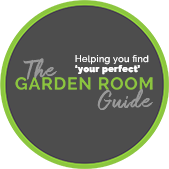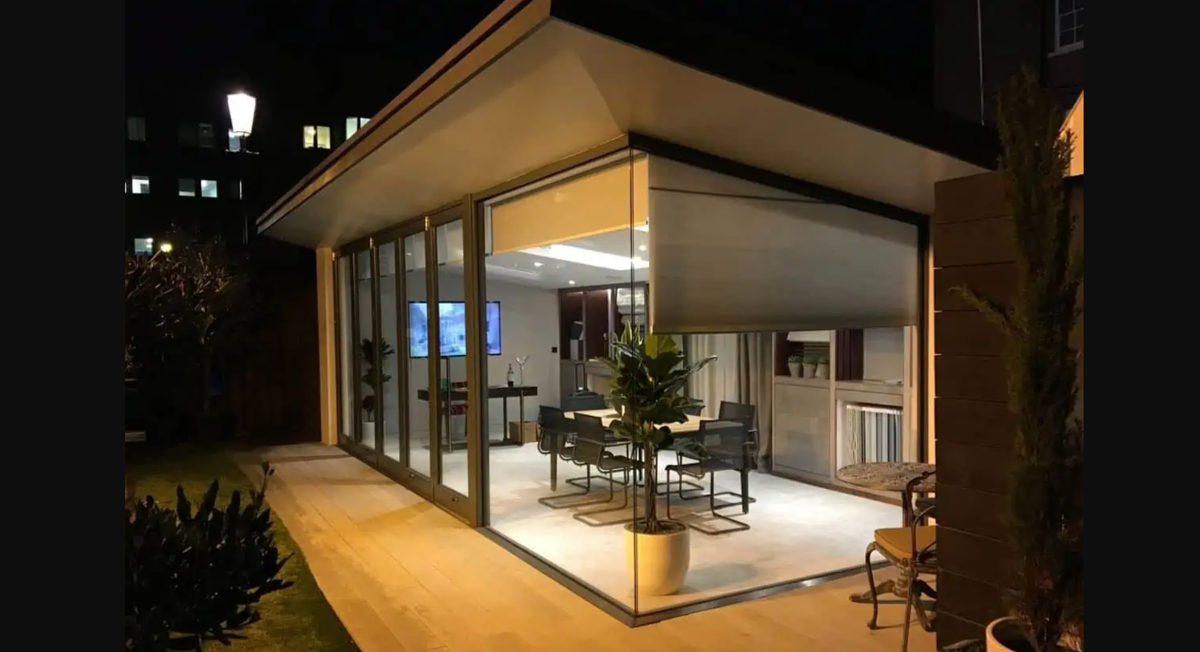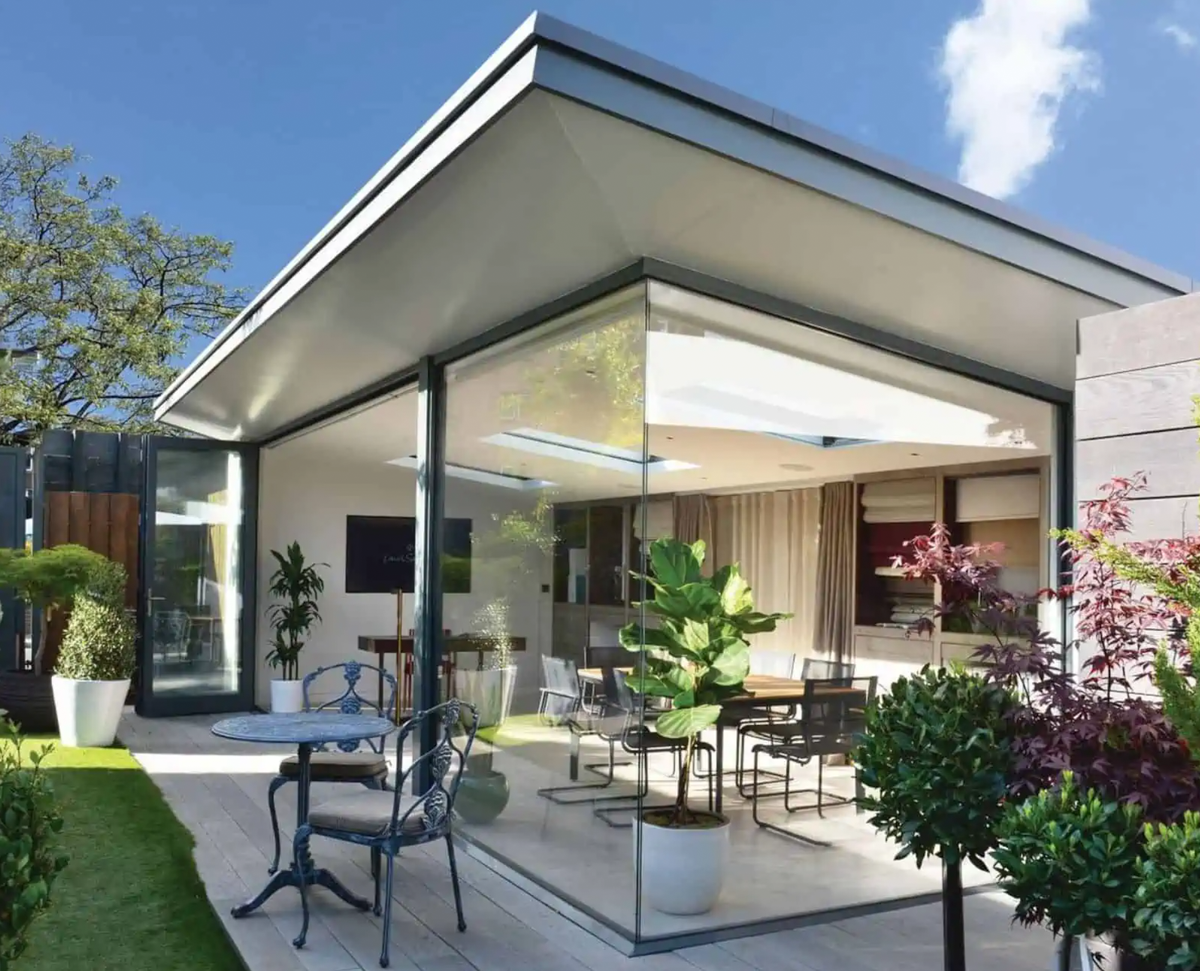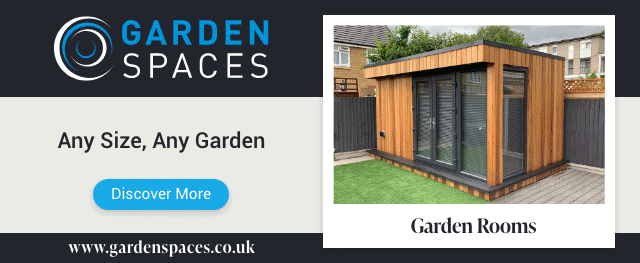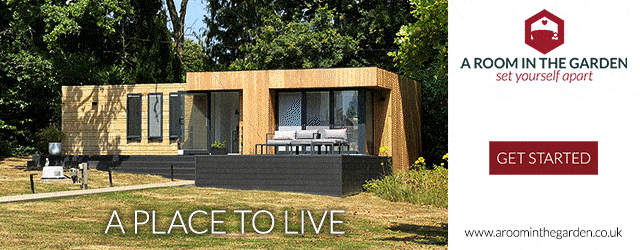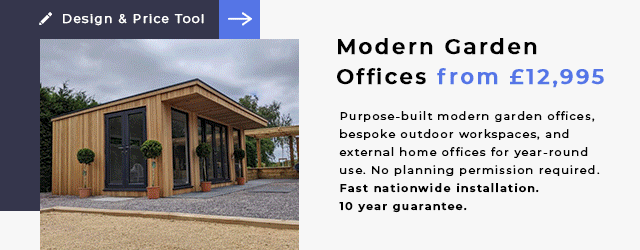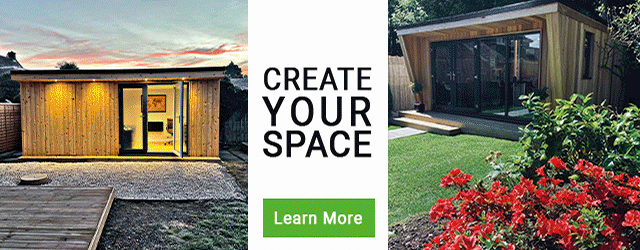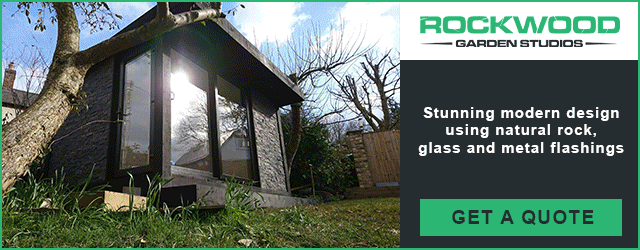The team at David Salisbury walks us through the rise of the 'Shoffice' in this guest post:
Whilst it might feel like much of our former ways of life have returned to normal, judging by the significantly increased demand for overseas holidays, for example, some aspects of the pandemic have driven a more permanent change in consumer behaviour and lifestyles in general.
Initially, working from home became a necessity, as opposed to a luxury, presenting unique demands on our homes and living spaces. Of course, we all got used to these pressures on our homes, finding suitable workarounds, but the trend for flexible working appears to be here to stay now.
According to the Office for National Statistics (ONS), during Spring 2022 (i.e. after Covid guidance had ended), some 38% of working adults reported having worked from home at some point over the previous second days. In a recent Opinions & Lifestyle Survey by the ONS, more than 8 in 10 workers who had to work from home during the pandemic, planned to 'hybrid work' in future.
With these considerable numbers in mind, it is perhaps unsurprising that many of us have chosen to invest in some dedicated work space at home – hence the rise of the 'shoffice.'
Multi-Functional Living Space
The focus on home improvements has been widely reported over the past couple of years, with consumers spending money on their homes, when other activities were restricted.
A building extension was a particular popular project, adding valuable living space to the home. Orangeries and garden rooms were fashionable examples, which could often be built (depending on their size) with no planning permission, under the premise of Permitted Development (PD). These luxury glazed extensions added space and value to the home and could be repurposed, from an office by day to a relaxing space by night.
What is a shoffice and what are the benefits?
Literally combining the words shed and office, the term 'shoffice' covers any form of garden office, studio or hobby room, fitted out with all the essential requirements of modern living.
With remote and hybrid working becoming increasingly common, the benefits of a dedicated space at home for work have become all too apparent.
But getting the environment right is critical to productive home working. A standalone solution, such as a freestanding garden room, can provide the ideal separation between home life and the working day.
With so many of us working remotely, building a garden room for the purpose of an office extension provides a physical and mental separation between work and home, as well as fewer distractions. Being closer to nature and making use of the increased natural light synonymous with a glazed extension also provides benefits from a wellbeing and productivity perspective.
How to style a garden office
Creating a design that complements its surroundings is key to a harmonious outcome. Taking cues from the garden, landscaping and architecture of the existing home, an experienced designer will look to create a perfectly natural addition that looks like it belongs, rather than has been bolted on.
When it comes to styling a garden office, keep it simple and you can't go wrong. Keep your space uncluttered to make the most of the uninterrupted light and the seamless link between the indoors and outdoors. Why not experiment with biophilic design too, by including some plants into your garden office. Introducing a focal point like an orange or lemon tree can also add a splash of colour.
Karen Bell is Creative Director at David Salisbury, a company manufacturing and installing top of the range hardwood conservatories, garden rooms and orangeries for over 35 years
